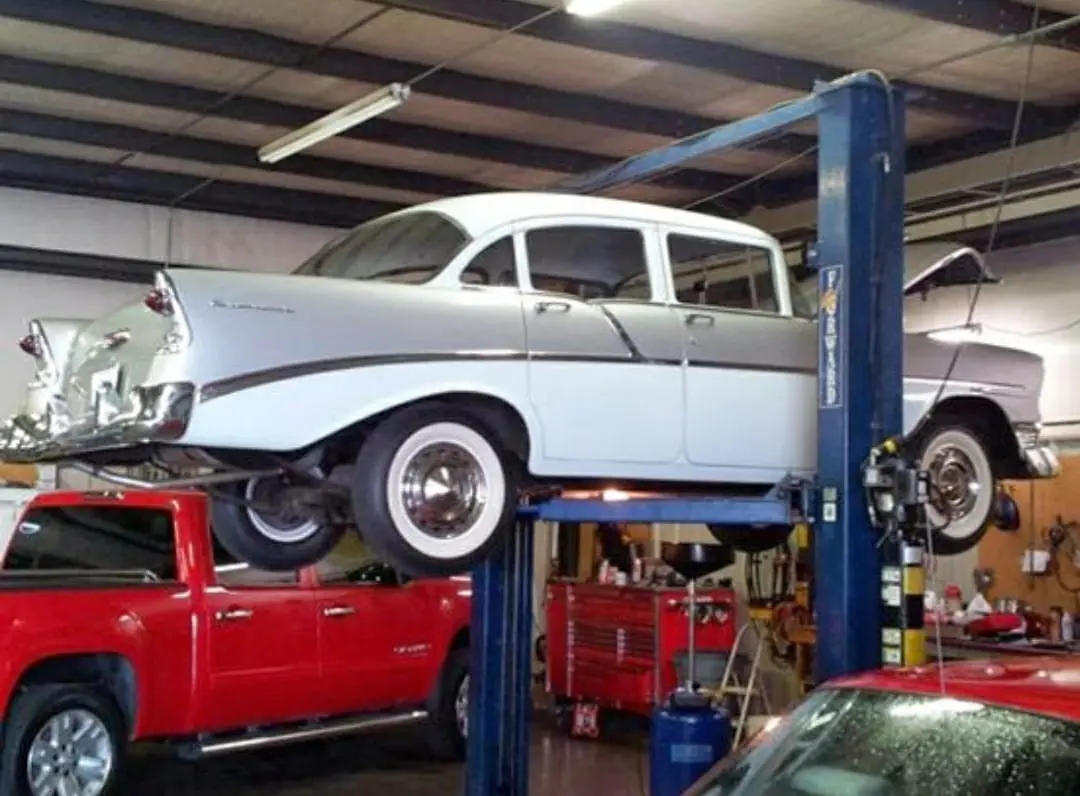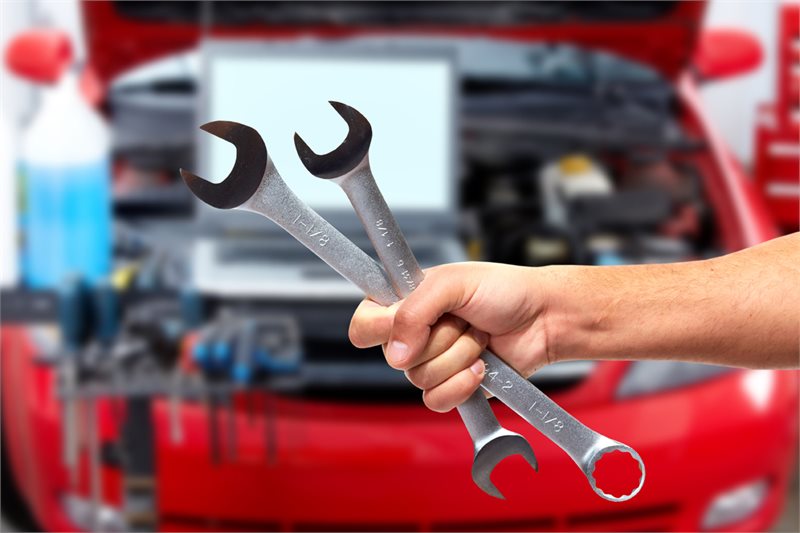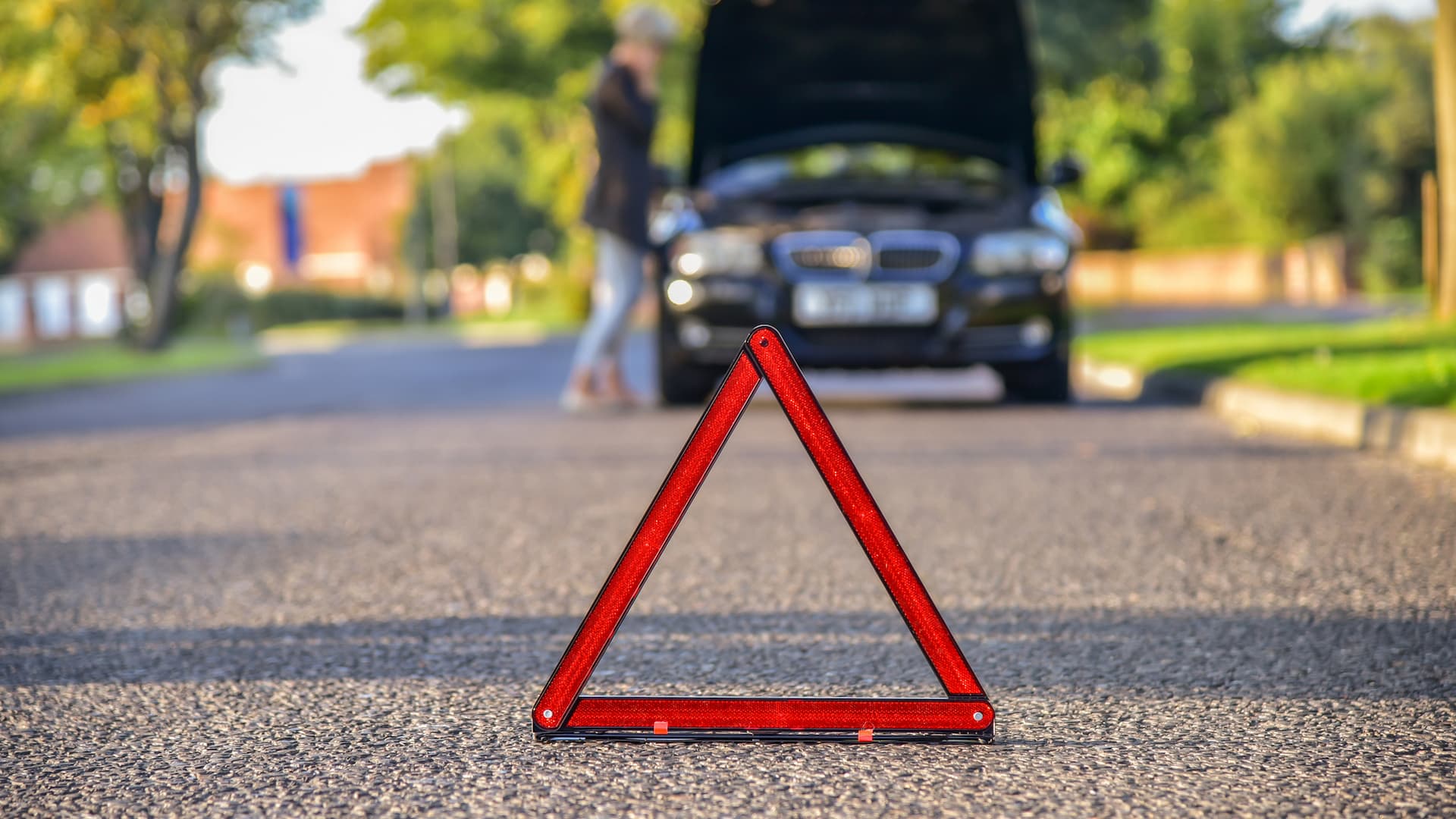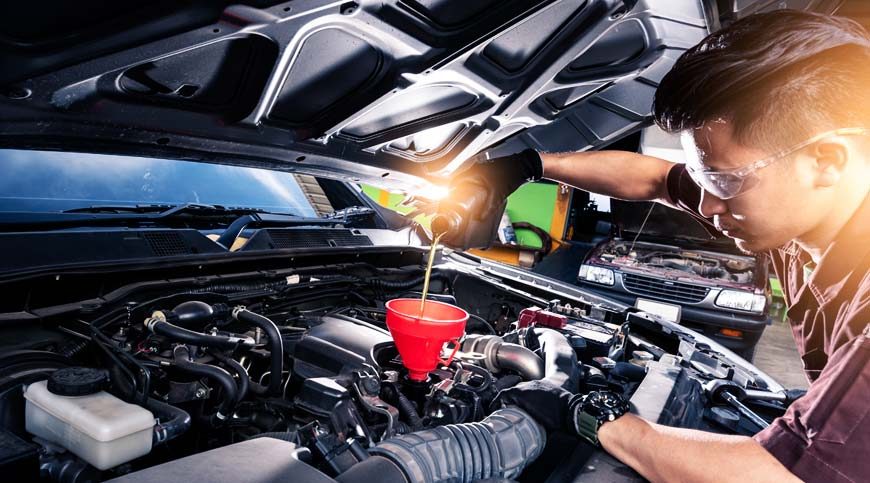Choosing the Right Auto Repair Shop

When you need auto repair, it is essential to choose the right shop. Word of mouth recommendations, online reviews, and the shop’s experience with your make and model are all …
Read MoreDIY Auto Repairs Tips and Tricks for Beginners

Everyone should know a few basic DIY auto repairs. Things like changing a flat tire, replacing a headlight bulb, or cleaning corrosion off battery terminals.
A good place to start …
Read MoreThe Importance of Regular Oil Changes Extending Engine Life and Improving Performance
Engine oil is a vital component to keep your car running. It lubricates the many moving parts of your vehicle, reducing friction and extending their lifespan.
Without regular oil changes, your …
Read MoreUnderstanding Common Car Problems and How to Troubleshoot Them

No matter the make or model of your vehicle, it’s almost certain to experience some issues at one point or another. From a flat tire to a squealing brake, …
Read MoreEssential Auto Maintenance Checklist Keeping Your Vehicle in Top Shape

Performing routine car maintenance helps extend the life of your vehicle and preserves its resale value. It also reduces the likelihood of roadside emergencies and saves you money in the …
Read MoreHello world!
Welcome to WordPress. This is your first post. Edit or delete it, then start writing!
Read More